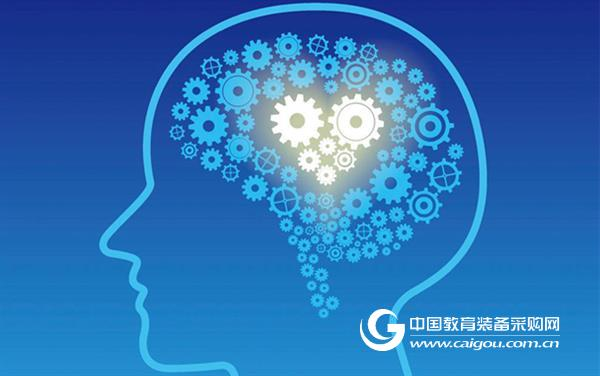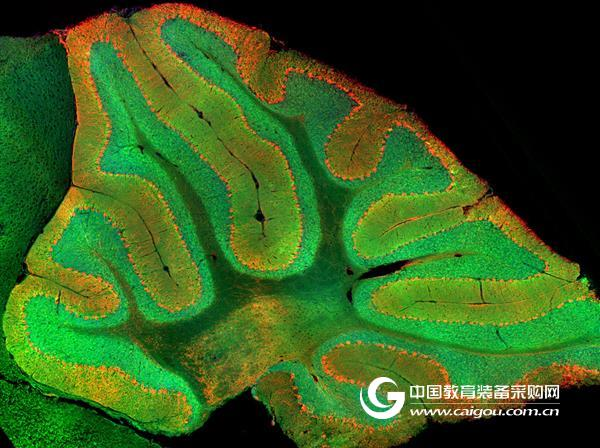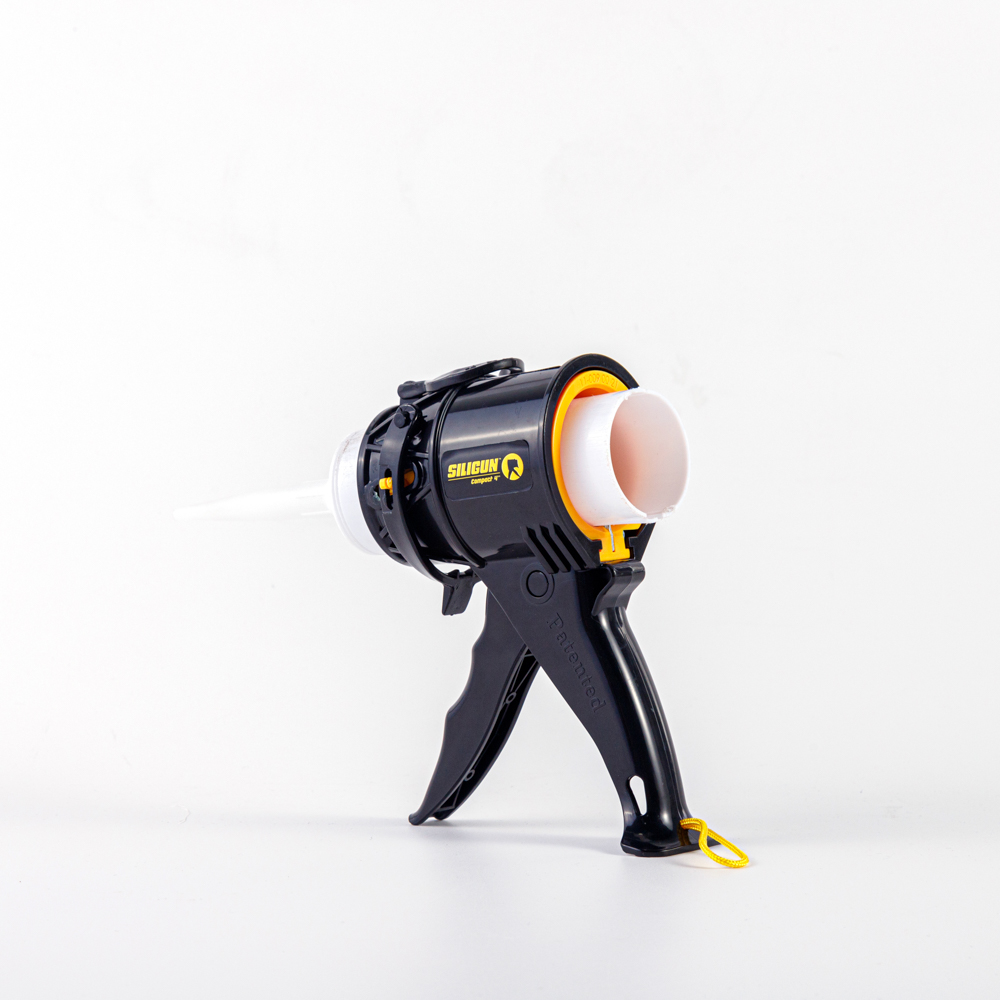
Guide
People's understanding of the cerebellum is often related to body balance, muscle stretching, and exercise regulation. But many studies suggest that the cerebellum may also be associated with more advanced brain function. Recently, a study from Stanford University used new techniques to observe granulosa cells in the cerebellum to provide strong evidence for this conjecture—the cerebellum can encode reward expectations. This study was published in Nature.
The cerebellum immediately behind the hemisphere seems to be less concerned than its neighbors. Unlike the brain, which rules human intelligence, thought, and planning, and distances us from other species. The cerebellum, as its literal meaning, has long been thought of as merely helping us to maintain balance and breathing.
However, a recent study published in Nature has subverted our traditional notions. Researchers from Stanford have shown that neurons in the cerebellum are able to respond and learn the desired rewards. This is the first step in cerebellar research that has long been neglected and has opened the way for scientists interested in cognitive roots.
Traditional thinking: the cerebellum and thinking have nothing to do with
Scientists have long believed that the cerebellum helps control muscles, mainly because of the consequences of cerebellar injuries. The author of the study, Luo Liqun, a well-known Chinese scientist at the Institute of Neuroscience at Stanford University, said: "If your cerebellum is destroyed, your first symptom is a motor coordination defect."
Admittedly, there are some studies suggesting that the cerebellum may have a more important role. But it's hard for scientists to figure out the mechanics behind this, in part because most of the neurons that make up the cerebellum are hard to study. These neurons are called granule cells and their main function is to transmit signals to Purkinje cells. The number of granulosa cells is large, accounting for 80% of the neurons in the brain - all the granulosa cells are in the cerebellum, but only account for 10% of its volume. At such high densities, conventional techniques for recording cellular activity do not work well, and there is no effective way to study granulosa cells in real time. What scientists have done for the cerebellum remains unclear.

New technology opens new research areas
Mark Wagner is a postdoctoral researcher at the Luo Liqun lab, and he and Tony Kim of the Mark Schnitzer lab completed the study. At the beginning of Wagner, he did not intend to "recognize" the cerebellum. He only wanted to study how the cerebellum in mice controls muscles. In this experiment, Wagner used a new technique that would allow him to record granulosa cells in real time.
Wagner and Schnitzer's work gave him a Ph.D., and Schnitzer invented a new method for imaging neuronal activity in fruit flies, mice and other living animals. This method, known as two-photon calcium imaging, has the resolution required by Wagner to study mouse granulosa cell activity.
To study motion control, researchers must move mice. In this experiment, the researchers asked mice to push small levers and then give them syrup rewards. Wagner records the activity of each mouse granule cell during this process and attempts to find activities in these cells that may be associated with planning and performing arm movements.
In a way, his idea is correct. When the animal moves, some granule cells will discharge. However, it is unexpected that when the mice are waiting for the syrup reward, other granule cells also discharge. When Wagner sneaked away the syrup reward, there were still other granule cells discharged.
Luo Liqun said: "This is actually a side view, these cells actually respond to rewards."
Connect the brain together
This discovery is a revelation. For more than 50 years, scientists have long believed that granulosa cells and the cerebellum perform only the most basic functions. But in fact, no one has the tools to look closely at the movement of granulosa cells. "We just don't know." Wagner said.
Now that scientists can better understand what is going on, Wagner's hope is that this research can open the door to a new world. “Given the fact that most of the neurons are present in the cerebellum, but integrating the cerebellum into a larger environment to study how the brain handles tasks, there has been relatively little progress, and most of this fragmented research has been established. On this assumption - the cerebellum only participates in athletic tasks," Wagner said.
"I hope this study will allow us to unify research with a wider range of brain regions, such as the cerebral cortex, and we can put them together to find out what is happening in our brains," Wager said.
Shanghai Chuangsai Technology has excellent performance, interleukin cytokines, fetal bovine serum, electrophoresis equipment scientific instruments, raw material drug standards, chemical reagents, cell culture consumables, Shanghai Chuangsai, mass products special promotions, welcome to inquire!
About 10 years ago, we were talking with our engineer about the future of caulking tools. It seemed to us that the sealant & adhesive industry had moved ahead in so many ways, but tool design had been left behind.

Manual Caulking Gun,Best Caulking Gun,Caulking Gun,Saker Caulking Gun
jiangsu concentric internatinal ltd , https://www.jsconcentriccorp.com